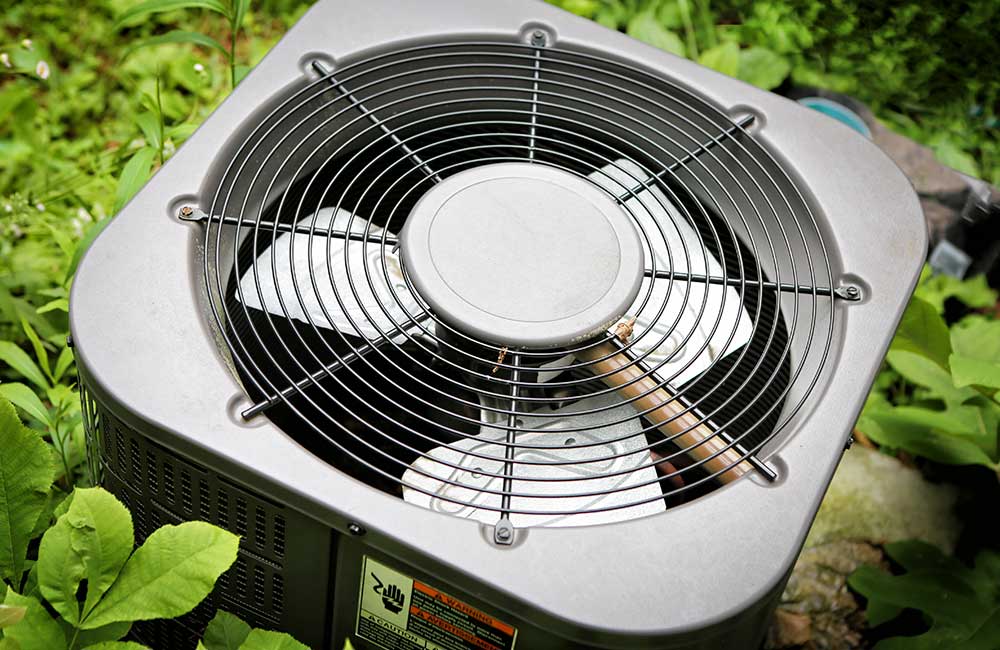Why Are HVAC Loads Important?

You depend on your heating and cooling system to maintain comfortable temperatures in your Bentonville, Arkansas, home. When it is time to replace your system, choosing an HVAC installation company with a proven reputation for quality work is essential to ensure the best results for your home heating and cooling system. Understanding the various types of HVAC loads and how they impact the appropriate size for your system is critical to ensure the best results from your upcoming HVAC replacement or installation project.
What Is an HVAC Load?
The load of an HVAC system is the amount of heating or cooling required to keep indoor temperatures comfortable. The HVAC load of your Bentonville home or business will help to determine the appropriate size for your replacement system. Trade publication ACHR News recommends calculating the expected load of the HVAC system before deciding on the appropriate size for the home or building.
Types of Cooling Loads
Cooling loads are broken down into latent loads, sensible loads and combinations of these loads:
- Sensible cooling loads, as the name suggests, reflect a practical look at the actual differentials between indoor and outdoor temperatures during typical times of operation. These loads also take into consideration the thermal effects of sunlight, which can have a big impact on the amount of cooling required for your indoor spaces.
- Latent cooling loads are calculated by estimating the dehumidification requirements of the building and the climate.
- Sensible/latent ratios are used to determine the percent of operational power needed to cool indoor air and to dehumidify it. Most systems operate by using about 75 percent of their required energy expenditures on cooling and 25 percent on dehumidifying indoor air.
- Total cooling loads are calculated by combining sensible and latent cooling loads through the use of the sensible/latent ratio figure. This provides information for your HVAC installation and design professional on the appropriate size and configuration for your new system.
Once these calculations are complete, your HVAC technician will then design your system in accordance with the requirements of your home or business operations. Other types of loads that may be considered during the planning process include the following:
- The design load is roughly equivalent to the sensible cooling load and offers a general idea of the operational requirements of your home or building.
- Extreme load calculations take into consideration the hottest and coldest temperatures that could occur in your area. For this reason, the extreme load calculations rarely play an important part in sizing a home HVAC system or for normal heating and cooling applications.
- Partial load figures indicate the average requirements for cooling or heating during a typical day. It is generally useful as a benchmark for ensuring that your system is the correct size for your home or other indoor space.
Why HVAC Loads Matter to You
The National Renewable Energy Laboratory has identified some common problems associated with undersizing or oversizing your HVAC system. These issues can be avoided by choosing a right-sized system with the help of your local HVAC experts.
- Undersized systems can fail to heat or cool your indoor spaces adequately. This can result in a general lack of comfort inside your Bentonville home or business.
- Oversized systems will cost more to install and operate. These systems may also operate on short cycles that could increase indoor humidity and allow the growth of mold and mildew in your ductwork and elsewhere in your home.
At Armor Heating & Air, we can provide you with the most practical HVAC services for your home in Bentonville and the surrounding communities. Our skilled and certified technicians can provide you with the right design and installation solutions to suit your home and budget. To learn more about our lineup of HVAC services, give us a call today. We look forward to the chance to serve you.


